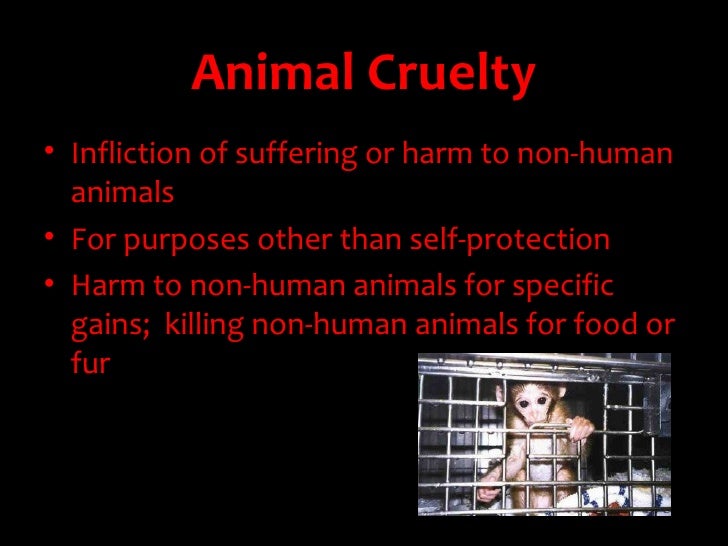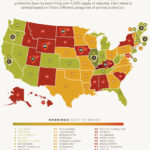Animal cruelty remains one of the most insidious challenges facing society today. This issue permeates various facets of human existence, intertwined with laws, ethical considerations, and cultural values that differ markedly across the globe. To navigate this multifaceted terrain, it is crucial to delineate the contours of animal cruelty and understand its implications through legal, ethical, and cultural lenses.
Legally, the definition of animal cruelty can often appear nebulous, confined within the boundaries of statutes that vary widely by region. In some jurisdictions, laws exist to safeguard animals from acts of overt violence, protecting them against abuse that can result in physical injury or death. This legal framework can be likened to a safety net, albeit one with varying degrees of effectiveness. For instance, in the United States, the Animal Welfare Act (AWA) provides minimal protections but is often criticized for its limited scope, leaving many species unprotected and certain forms of cruelty unpunished. Thus, the disparity among laws creates an uneven landscape where some animals enjoy greater protections than others, ultimately leading to ambiguous interpretations of what constitutes cruelty.
Moreover, the term “animal cruelty” does not exclusively refer to physical abuse. It also encompasses neglect and failure to provide adequate care, such as food, shelter, and veterinary assistance. In this context, animal cruelty transforms into a specter of human responsibility lingering over our moral obligations towards non-human creatures. Negligence can be as damaging as overt acts of violence; in many cases, it can produce an equally detrimental environment for affected animals. This widening definition brings to light the need for a more comprehensive legal approach to animal welfare—one that incorporates preventive measures, which are often lacking in existing legislation.
Ethically, the debate surrounding animal cruelty invites deeper philosophical inquiries about the nature of sentience and the intrinsic value of non-human life. The moral consideration of animals has evolved significantly over the past few decades, fueled by a growing recognition that many species possess complex emotional and cognitive capacities. Embracing this understanding is akin to shifting the lens through which society views non-human beings—from mere resources to sentient entities deserving of consideration.
Philosophers such as Peter Singer have argued vigorously for animal rights, positing that the ability to suffer grants animals moral consideration. This argument stands in sharp contrast to utilitarian ethics, which often prioritize human interests at the expense of animal welfare. In light of this ethical dichotomy, society must grapple with profound questions: Are animals mere commodities, or do they possess rights that should be safeguarded? Such reflections are essential when establishing norms that dictate appropriate interactions with non-human beings.
Culturally, the perception of animal cruelty can vary dramatically across different societies and traditions. In some cultures, animals are revered and protected, viewed as companions or spiritual entities with intrinsic value. For instance, in Hinduism, cows are considered sacred and are afforded a level of protection that reflects the deeply-rooted beliefs surrounding animal sanctity. Conversely, other cultures may see animals primarily as sources of food or labor, leading to practices that can be deemed cruel by other societal standards. This cultural relativism complicates any universal definition of animal cruelty, for what is deemed acceptable in one context may generate outrage in another.
Despite these cultural differences, a shared responsibility emerges from the recognition of the suffering experienced by animals. This common thread serves as a foundation upon which collective action can be built, transcending geographical borders and cultural disparities. Raising awareness about animal welfare can serve as a unifying force, facilitating dialogue between conflicting viewpoints and ultimately contributing to a global movement against cruelty.
The intertwining significance of legal, ethical, and cultural perspectives on animal cruelty necessitates a holistic understanding of the issue. It prompts us to question the systems that perpetuate such practices and challenges us to advocate for change. In navigating the complexities of animal rights, it is imperative to foster a dialogue that emphasizes empathy and understanding, recognizing that the welfare of sentient beings is a shared concern that demands attention.
Ultimately, addressing animal cruelty requires not only stringent legal reforms but also a paradigm shift in societal attitudes towards animals. Developing a profound understanding of this issue involves embracing the two sides of a coin—the need for compassion and the resolve for legal protection. Animals may not have voices in the traditional sense, but they express their suffering in ways that warrant our utmost attention.
As advocates for animal welfare, we must strive to reframe our relationship with animals, ensuring that the legal, ethical, and cultural pathways converge towards a unified purpose: to eradicate cruelty and foster a world where all beings are treated with dignity and respect. In doing so, we can thwart the malaise of indifference that so often enables cruelty to fester. The journey toward a compassionate society is ongoing, replete with awareness, tenacity, and a renewed commitment to safeguarding those who cannot defend themselves.





